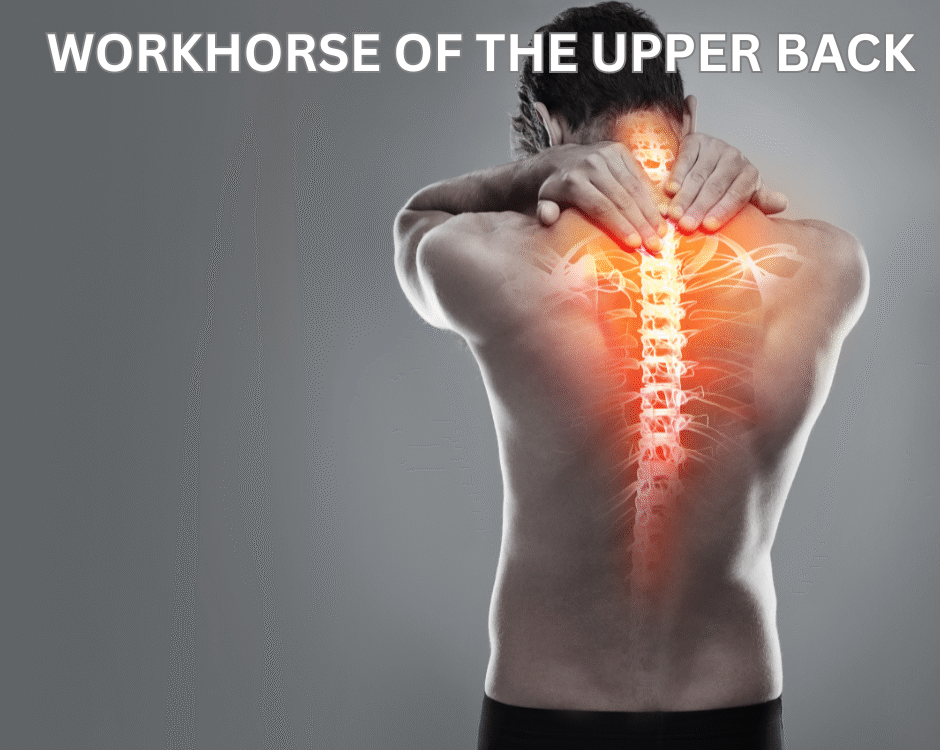Exercise, Stretching and Walking After a MVA

A Colorific Day!
May 7, 2024
4 Reasons You Need Pineapple in Your Life
May 20, 2024Exercise, Stretching, and Walking After a Car Accident
Dr. Deryk Harting, a patient favorite at one of the highest rated auto injury medical care programs in the Tampa Bay area, Chambers Medical Group, provides a frank discussion on exercise, stretching, and walking after a car accident. Recovering from a car accident can be a difficult process that is accompanied by pain and physical limitations. Whether you have sustained minor injuries or are dealing with more severe trauma- incorporating exercise, stretching, and activities like walking into your recovery plan can play a crucial role in having a complete recovery. Exercises after a car accident should be gentle and tailored to your specific injuries and recovery process. It is essential to always consult with a healthcare professional before starting any exercise program. Commonly, healthcare professionals will recommend range of motion exercises, stretching, and low impact activities like walking following a car accident.
- Range of motion (ROM) exercises: These help maintain flexibility and prevent stiffness in joints and muscles. There are different types of ROM exercises including passive, active, and pain-free.
- Passive range of motion exercises involve moving a joint without the individual’s active participation or muscle contraction. This can be beneficial following a car accident when the patient has limited mobility or excessive pain. These are performed by gently stretching or guiding the affected extremity/joint by a therapist, doctor, or caregiver. Passive ROM exercises help maintain flexibility, prevent stiffness, and promote circulation to injured areas without additional strain to muscles or tendons.
- Pain-free range of motion exercises focus on movements that do not exacerbate pain or discomfort. Oftentimes a pain-free ROM is not a full range of motion after a car accident. It is key to listen to the body’s feedback and avoid activities that cause excessive pain or aggravate injuries. These exercises should gradually increase a joint’s range of motion over time as the individual’s pain tolerance improves and healing progresses. These exercises are tailored to the patient’s specific injuries, goals, and abilities to allow a gradual return to full and normal function while minimizing the risk of further injury.
- Active range of motion exercises involve the patient actively moving a joint or limb without assistance. These exercises aim to restore normal movement patterns, rebuild muscular strength, and enhance proprioception (the body’s ability to sense its location and movement in space). These exercises can also be progressively overloaded by adding weight or using resistance bands.
- Stretching: Static stretches and active stretches are both valuable elements of a rehabilitation program following a car accident. These stretches should also be performed gradually and within a pain-free range of motion, especially in the initial stages of recovery.
- Static stretches involve holding a single position that elongates the targeted muscle or muscle group for an extended period, typically around 15-30 seconds. These stretches help improve flexibility, relieve muscle tension, and increase the overall range of motion in affected joints. For example, a static hamstring stretch involves sitting on the floor with one leg extended and the other knee flexed. Lean forward from your hips, reaching towards your toes until you feel a gentle stretch in the back of your extended leg. Hold this position without bouncing for 15-30 seconds, then switch legs and repeat.
- Active stretches involve contraction of muscles opposite to the targeted muscles. These stretches help improve flexibility, muscle strength, and coordination while promoting blood flow. For example, an active quadriceps stretch can be performed by standing upright and bending one knee, bringing your foot towards your buttocks. By actively engaging the hamstring, you should feel a passive stretch in the quadriceps muscle. You can also use your hand to pull the foot closer to the buttock and increase the stretch. Hold the stretch briefly, then relax and repeat on the other side. Many yoga poses also utilize active stretching.
- Walking: Low-impact activities and exercises like walking can be highly beneficial after a car accident for several reasons.
- Promotes Circulation: Walking increases blood flow throughout the body, delivering oxygen and nutrients to injured tissues to encourage healing. Improved circulation also helps reduce inflammation and swelling that is common after a car accident.
- Maintains Cardiovascular Health: Walking can help maintain cardiovascular health without placing excessive strain on injured muscles or joints, especially when done on a treadmill or rubber track. Regular walking also strengthens the heart and lungs and improves stamina.
- Enhances Mood and Mental Health: Walking stimulates the release of endorphins and neurotransmitters that promote feelings of happiness and reduces stress and anxiety. Regular exercise can help alleviate the psychological impact of a car accident by improving overall mood. It also allows individuals to regain a sense of control over their bodies and their lives.
- Provides Weight Management: Walking is an effective way to burn calories and maintain a healthy weight, which is important for overall health and recovery. Maintaining a healthy weight can also reduce the risk of exacerbations during the healing process.
- Improves Mobility and Functionality: Walking requires balance and coordination which are essential elements of overall mobility. Walking routinely can also prevent joint stiffness and strengthen muscles throughout the body which reduces muscular atrophy and improves functional capacity during recovery.
Remember to start slowly, listen to your body, and stop any exercise that causes pain or discomfort. It is essential to consult with a healthcare professional to develop a rehabilitation plan tailored to your specific injuries, needs, and goals. They can provide advice on proper techniques, frequency, duration, and progression to ensure a safe and effective recovery process.
— This article is written by Deryk Harting, DC, one of the members of Chambers Medical Group’s team of car accident chiropractors who offer a variety of treatments and therapies ranging from diagnostic testing to various soft tissue therapies for car accidents and injuries in Florida.
- Car Accident Medical Clinic in Tampa
- Car Accident Medical Clinic in Plant City
- Car Accident Medical Clinic in Brandon
- Car Accident Medical Clinic in Lakeland
- Car Accident Medical Clinic in Sarasota
- Car Accident Medical Clinic in Louisville
- Car Accident Medical Clinic in Lexington
- Car Accident Medical Clinic in Florence




